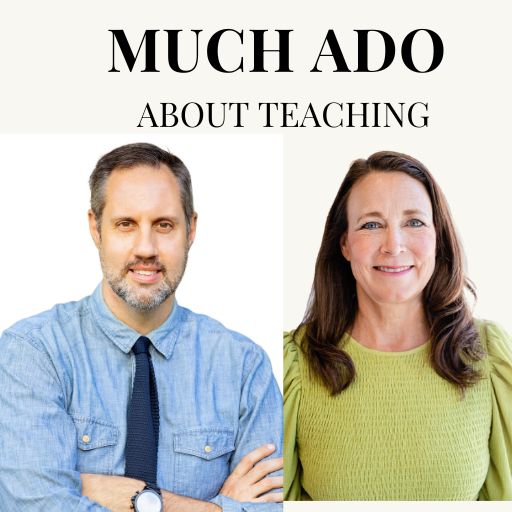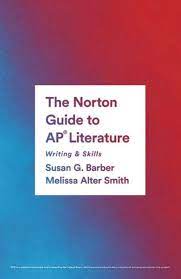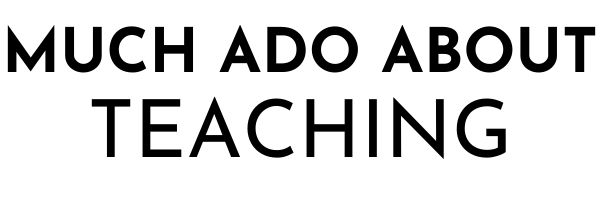I’ve finally brought back to life one of the most popular posts on APLitHelp with updates of how the unit has grown since its conception (see what I did here). I’ll first share an introductory activity that Melissa Smith created that was included in the original post then jump into my activities and resources.
Using Current Events to Introduce Frankenstein – Melissa Smith
To make Frankenstein relatable to our world today, I have students read and discuss various science articles. I do this lesson within the first couple of weeks of reading as an introduction to some of the overarching messages of the novel. For this activity, you will need large pieces of butcher paper (one for each group), markers, and links to the articles accessible for students. I have articles linked here to use, but it’d also be neat to find some additional articles that are locally interesting to your school or region.
Designer babies, Frankenfood, Head transplant – always a favorite!, Cloning, Stem cells
In groups of four or five, students will sit around a large piece of butcher paper with a circle drawn in the middle. Each person selects one of the articles (with each student reading a different article) to read quietly to themselves. As they read their individual article, they should take notes on the butcher paper in one of the corners closest to them. (approx. 15 minutes)

Once it looks like most students are wrapping up writing notes for their individual article, instruct groups to go around in a circle and share what their article is about. Once each member has shared, they should discuss overarching ideas they see running through all of the articles, and write those ideas in the circle in the middle of the paper. (approx. 20 minutes)

As a last step, students will then review all of the ideas in the circle and discuss which ones apply to Frankenstein. If it applies, they should place a box around the idea. Students can discuss if they think this idea would be an accurate theme seed or theme statement for the book, or even take the idea and transform it into an official theme statement.
The class can then come together to for a whole class discussion to share their boxed ideas and how they see them operating in the novel thematically. As an additional step, groups could also identify and share out specific scenes in the novel that illustrate each of the ideas/themes.
Taking the Fear Out of Teaching Frankenstein – Susan Barber
I always start my Frankenstein unit with an overview of Romantic poetry which I introduce with art. Read, Write, and Think has a fantastic lesson titled An Exploration of Romanticism through Art and Poetry. I’ve used bits and pieces of this lesson throughout the years but love using art to discuss the basic tenets of Romanticism. The first picture The Raft of the Medusa is used before we read while Wanderer Above the Sea of Fog is used during reading in chapter 10 when Victor finds solace in nature and The Nightmare is viewed after reading chapter 23 when Elizabeth is murdered by the creature.




So what’s up with the Russian nesting dolls? This is how I choose to introduce framing. I love the visual that all of these dolls stack within each other revealing layer after layer. After showing these, we discuss movies that use framing such as Inception, The Princess Bride, and The Notebook along with several others that I am unaware of because I’m too busy grading to watch movies. I then introduce students to the main characters in Frankenstein and show the graphic below to help understand how the story will be told. After reading the letters, we probe into what themes are being introduced in order to trace these through the frames. Like the nesting dolls, each frame reveals another layer. Next we compare Walton’s first letter to Chapter 1 – Victor’s story. Students are given a copy so they can mark while they are thinking on this. The work of unpacking continues layer by layer, theme by theme.
Here’s how Frankenstein played out in my class last year. We’re on a modified block schedule with A/B classes lasting 90 mins and C day classes running 42 min.
| Daily Lesson | Class Focus |
| Jan 5 – 6 | Intro to Frankenstein; what’s on your plate? |
| Jan 9 | Close reading of letters |
| Jan 10 – 11 | Reach Chapters 1 – 4, annotate Victor/Walton first paragraphs, begin envelope thread |
| Jan 12 – 13 | Chapter 5 in class, close read Victor/creature |
| Jan 17 – 18 | Reading Day – chapters 5 – 10, continue envelope thread |
| Jan 19 – 20 | Poetry blog; chapters 11 – 16 |
| Jan 24 – 25th | Essay, read chapters 11 – 16 |
| Jan 26 – 27 | Chapter 11 – 16 discussion, |
| Jan 30th – Monday | Essay rehash, “Eye of the Beholder” |
| Jan 31 – Feb 1 | Writing Romantically, blog comments |
| Feb 2 – 3, Thur/Fri | Writing Romantically due, finish book |
| Feb 6 – Monday | Finish reading and collecting quotes |
| Feb 7 – 8 | Jurassic Park |
| Feb 9 – 10 | Quote quiz |
| Monday, Feb 13th | End of Novel Discussion |
| Tue – Wed Feb 14 – 15 | Finish Jurassic Park, Q3 sample review |
| Thur – FriFeb 16 – 17 | Q3 – Frankenstein, work on poetry blog and Unit 6 Progress Check |
Additional Frankenstein resources:
Frankenstein memes, Frankenstein movie clips, Frankenstein close reading passages, Writing Romantically, Quote quiz (based on the envelope quote activity), Frankenstein thesis work, Frankenstein sample essays, Frankenstein thematic ideas (Brian Sztabnik), Frankenstein Poetry Stations (credit Melissa Smith)

Susan Barber teaches AP Lit and Writers Workshop/Advanced Composition at Midtown High School in Atlanta, Georgia and serves as the College Board Advisor for AP Lit. In addition to reading, writing, and investing in the next generation, she loves watching college football with her family especially when Alabama is playing.












